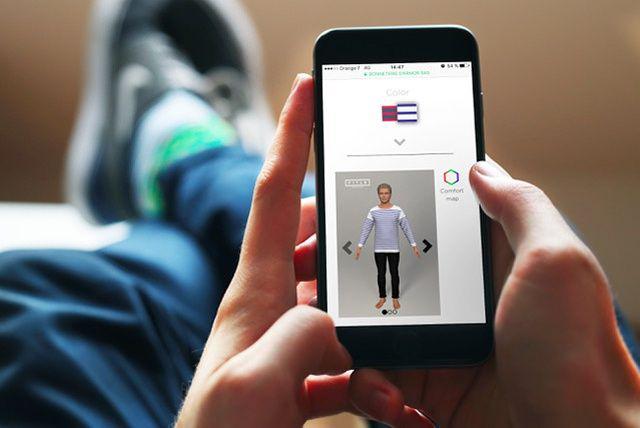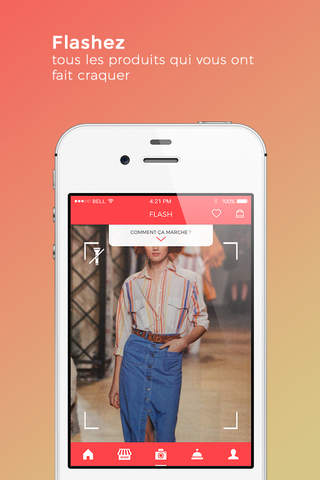No need to go in-store: test in 3D from home. It is the promise of augmented reality, which combines virtual and real. Only flat, a limited choice of e-shops for ready-to-wear.
What if you were to test this little sailor before you buy it? It is already possible for certain models on three websites: Armor Lux, Cargo Shop and, since this week, Le Grand Shop. Simply download the Fitle application (free) on his smartphone, stand facing him and take four photos following the instructions – face, profile and face. The measurements of the avatar created on Fitle in 3 minutes are accurate to 97%, according to the start-up in Paris.
Reassured e-shopers
If necessary, it is always possible to modify certain measures, such as weight or neck circumference. “It is better to wear clothes close to the body, like leggings and a bra,” advises Pascaline de Foucauld of Fitle. No worries for storing photos: they are deleted after two months. Ready for an e-shopping session? The identifiers are the same, regardless of the site chosen. And for an even more realistic experience, a “comfort map” is displayed on the garment, blue for the loosest areas to red for the tightest.
This technology reassures Internet users. This is the opinion of the Breton brand Armor Lux, which since last September offers a selection to try online: “Customers appreciate this type of innovative and free service. Our product return rate is less than 10%, much lower than those found on e-commerce sites. “Almost a quarter of the clothes are returned on average, according to the 2013 French Institute of Fashion.
A limited choice
The virtual fitting is still not very developed. But for the size recommendation, the previous step, the craze is real. Fitle offers this service, on the e-shops of twenty partners, just like Clickndress or Serialshoppers. For these winter sales, eight shopping centers in the Ile-de-France region also tested the “Size Machine”: a body-scanning calculator. Customers enter the cabin in underwear or in tight-fitting outfits, on a rotating tabletop. At the exit, they recover a card with the corresponding sizes, according to signs and clothes. The goal: to save time to find the right size and to end the queues in the locker room.
But it is in the optics and the equipment of the house that the 3D diffuses itself most: the simulator of Krys, the tests of glasses in line with Happyview or Mister Spex … Signs like Ikea and Alinéa propose Augmented reality tools. The French start-up Augment also devised an e-commerce platform to visualize a refrigerator in its kitchen, for example. It remains to convince the ready-to-wear signs of the interest of this technology.
• By Jeanne Cavelier
• Published on 24/01/2017
•Linkin


